Top 15 Most Powerful Passports in the World
Not every passport is made equally. Holders of United Arab Emirates passports are eligible to enter 180 nations without a visa, or "visa on arrival." Only 38 ... read more...nations allow Afghan citizens to do this. However, a recent study reveals that despite this mobility divide, practically every passport this year gained additional power. Here is a list of the most powerful passports in the World.
-
Singaporean passport is issued to residents and nationals of the Republic of Singapore as travel documents and passports. It allows the holder to travel freely to and from Singapore, enter and exit other countries in compliance with visa rules, and, if necessary, obtain help from Singapore consular personnel overseas.
On behalf of the Ministry of Home Affairs, the Immigration and Checkpoints Authority (ICA) is solely responsible for issuing Singapore passports. This passport is only available to Singaporeans. Ten years are allowed for passport validity. Together with the passport of South Korea, the Singapore passport was the second most potent passport in the world as of 2022, granting visa-free or visa-on-arrival entry to 192 nations and territories.
Due to the relatively lenient visa requirements for Singaporeans and the propensity of immigration officers to expedite clearance of Singapore passport holders, the Singapore passport is a favorite target for counterfeiters. As a result, the Immigration and Checkpoints Authority has implemented a number of steps to deter forgers, such as adding digitized photographs and unique ink from October 1999 and switching to a biometric passport starting in August 2006.
194 visa-free destinations
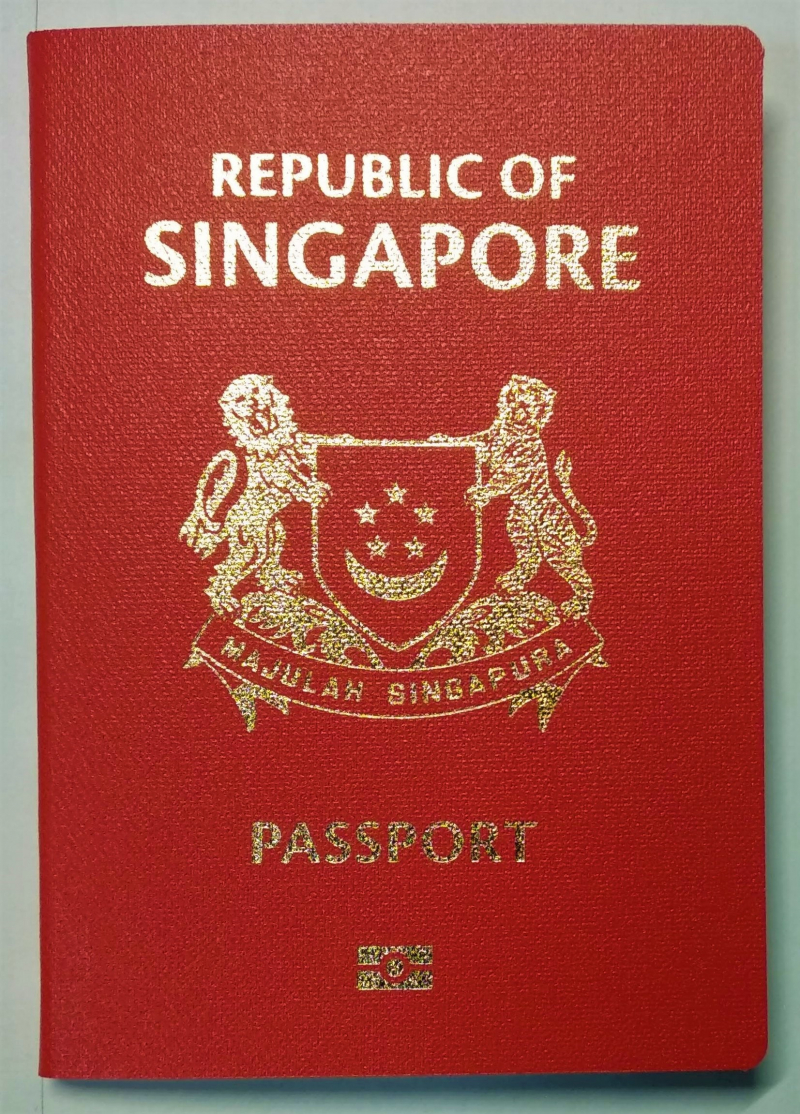
Photo: Wikipedia 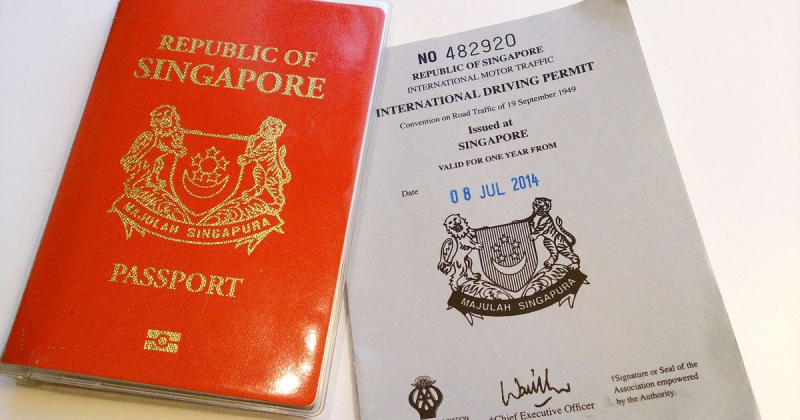
Photo: Singapore OFW -
The South Korean passport is one of the most powerful passports in the world. 193 nations are accessible without a visa thanks to it. With an extremely high mobility score, it is therefore regarded as one of the most desirable passports in the entire globe.
The number of nations that permit holders of South Korean passports to enter without a visa (i.e., visa-free countries) and those that permit holders to enter by obtaining a visa on arrival (i.e., visa-on-arrival countries) or an electronic travel authorization is added up to determine the South Korean passport ranking in comparison to other international passports (eTA). There are now 10 eTA destinations, 43 South Korea visa-on-arrival countries, and 140 South Korea passport visa-free countries overall.
Passport holders from South Korea can enter 193 different countries either without a visa, with a visa on arrival, or through an electronic travel authorization (eTA). The South Korean passport is now ranked number two in the world.
There are 36 other places where holders of South Korean passports need either a physical visa or an eVisa in addition to these visa-free and visa-on-arrival countries (i.e. visa required countries).193 visa-free destinations
Video: Arirang News - S. Korea's passport world's second most powerful 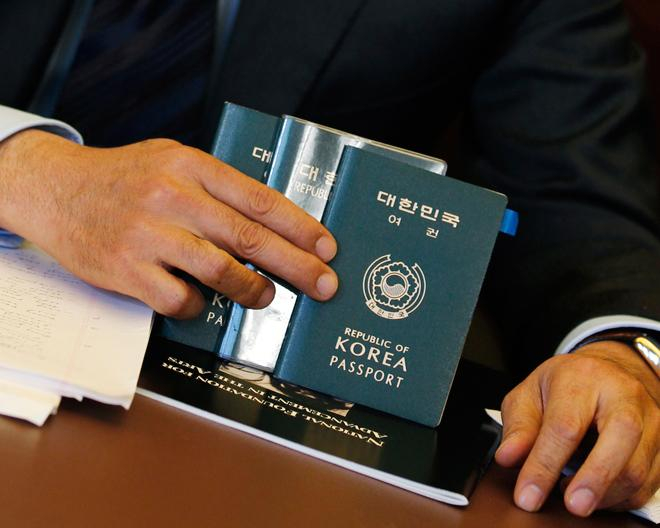
Photo: Character Media -
According to the Guide Passport Ranking Index, the Japanese passport is now rated second among all passports worldwide. The ranking of the Japan passport is based on the level of global admission it provides to holders, who can visit 193 countries without a visa but must obtain one to enter 25 additional nations.
National passports are graded based on how many nations their holders can enter without a visa. As a result, the ranking of Japan passports takes into account the number of nations that don't require visas for holders of Japanese passports. Visa-free nations are those into which one may enter with a visa on arrival or electronic travel authorisation (eTA).
The acrobat and magician Namigor Sumidagawa was the first person to be given a Japanese travel document; he acquired it on October 17, 1866, in order to appear at the Paris World's Fair in 1867. In 1878, the word "passport" was formally adopted into the Japanese language. The first rules governing the use of Japanese passports appeared in 1900. The first Japanese passports that were ICAO-compliant and machine-readable were released in 1992, while the contemporary form of the Japanese passport first appeared in 1926.
193 visa-free destinations
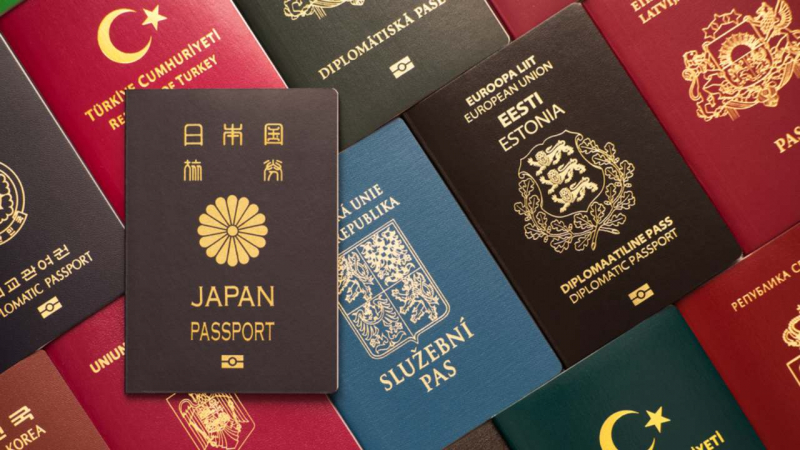
Photo: Vietnam Insider 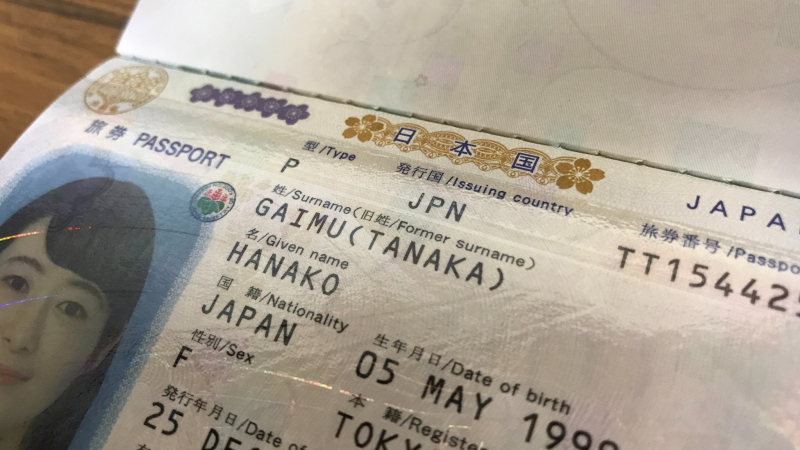
Photo: Nikkei Asia -
For foreign travel, citizens of Finland is issued Finnish passport. They help people obtain assistance from Finnish consular personnel abroad in addition to serving as proof of Finnish nationality (or other EU consulates or Nordic missions in case a Finnish consular official is absent).
The standardized design and burgundy-red cover of Finnish passports are also shared by other EU nations. The local police or an authorized Finnish diplomatic post abroad issues passports.
Only passports with an expiration date up to the last legal start date for completion of the duty, which is at the age of 28, may be issued to men who are under 30 years old and so qualified for military service, but have not yet completed it. Regardless of whether they have completed their military service, men over 30 can obtain passports with standard expiration dates.
Every person who lives in Finland is also a member of the European Union. The passport and national identity card grant unrestricted travel and residency rights within all of the member nations of the European Union, the European Economic Area, and Switzerland. Nordic nationals are legally exempt from identity documents requirements for travel within the Nordic region thanks to the Nordic Passport Union.191 visa-free destinations
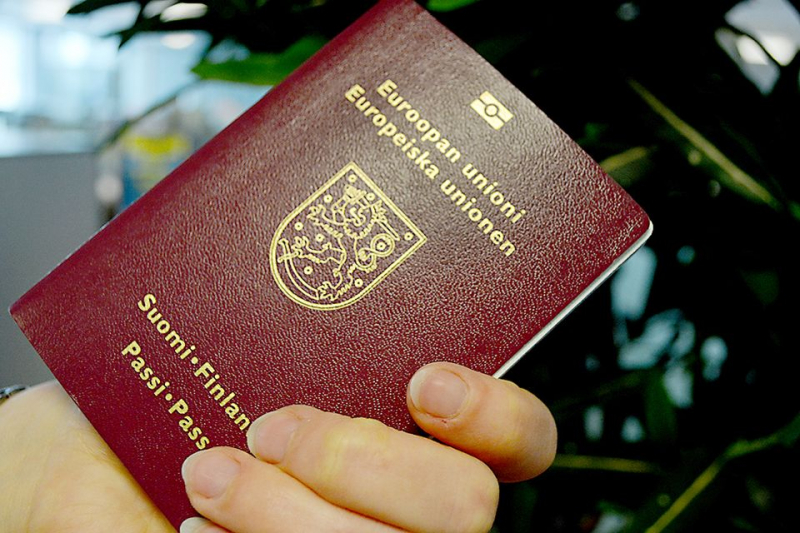
Photo: RCI Radio Canada Int 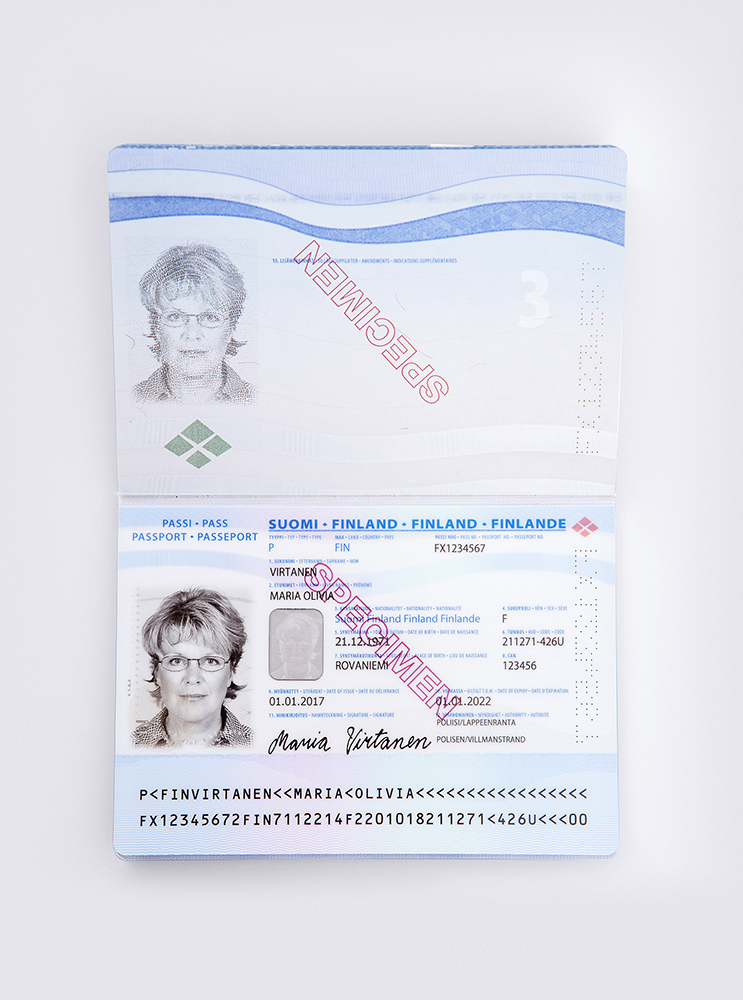
Photo: Wikimedia Commons -
According to the Guide Passport Ranking Index, the German passport is now ranked third among all passports. German passport holders can travel to 191 countries without a visa, but they must obtain a visa in order to enter 25 other nations in the world, which is why the German passport is ranked so highly.
German citizens can travel internationally with a German passport. A German passport is the only other officially recognized document that German authorities will frequently accept as proof of identity from German nationals, aside from the German ID card and the German Emergency Travel Document (called "Reiseausweis also Passersatz").
They expedite the process of getting assistance from German consular officers overseas in addition to serving as proof of identity and a presumption of German nationality (or other EU members in the case that a German consular facility is absent). German passports share the same standardized format and burgundy red design as other EU passports. They are valid for 10 years (for those over 24) or six years (for those under 24). Every person who is a German citizen is also a member of the EU. The passport and national identity card grant unrestricted travel and residency rights within all of the member nations of the European Union, the European Economic Area, and Switzerland.
191 visa-free destinations
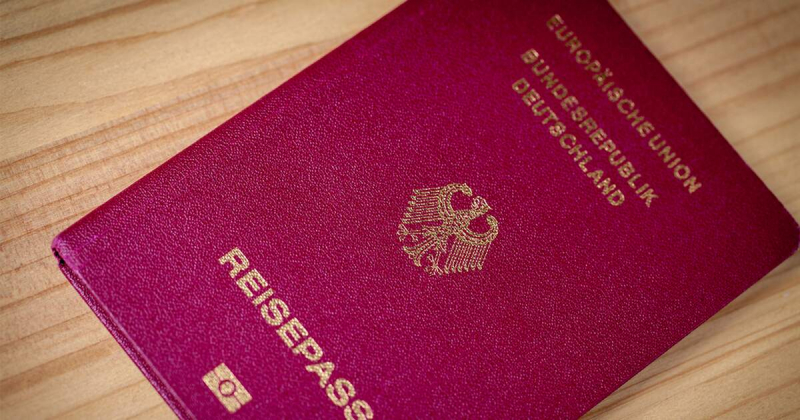
Photo: IamExpat in Germany 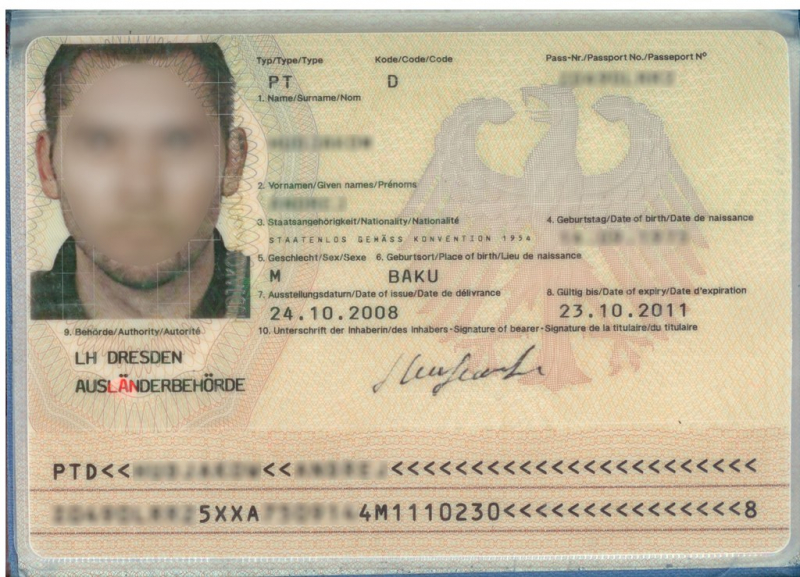
Photo: Flickr -
For travel outside of Spain, Spanish nationals with the right of abode in the Iberian Peninsula, Ceuta, Melilla, the Balearic Islands, and the Canary Islands are awarded Spanish passports. Every person who lives in Spain is also a member of the European Union. The passport and national identity card grant unrestricted travel and residency rights within all of the member nations of the European Union, the European Economic Area, and Switzerland.
National passports are graded based on how many nations their holders can enter without a visa. Therefore, the number of nations that grant Spanish passport holders access to visa-free travel is reflected in the ranking of Spain passports. Visa-free nations are those into which one may enter with a visa on arrival or electronic travel authorisation (eTA).
According to the Henley Passport Index 2022/Q3, Spanish citizens enjoyed visa-free or visa-on-arrival access to 191 (of a possible 193 countries and territories) as of September 2022, placing the regular Spanish passport third in terms of travel freedom (tied with the German passport).
Due to the freedom of movement and residence guaranteed by Article 21 of the EU Treaty, Spanish residents are permitted to dwell and work in any nation within the EU.191 visa-free destinations
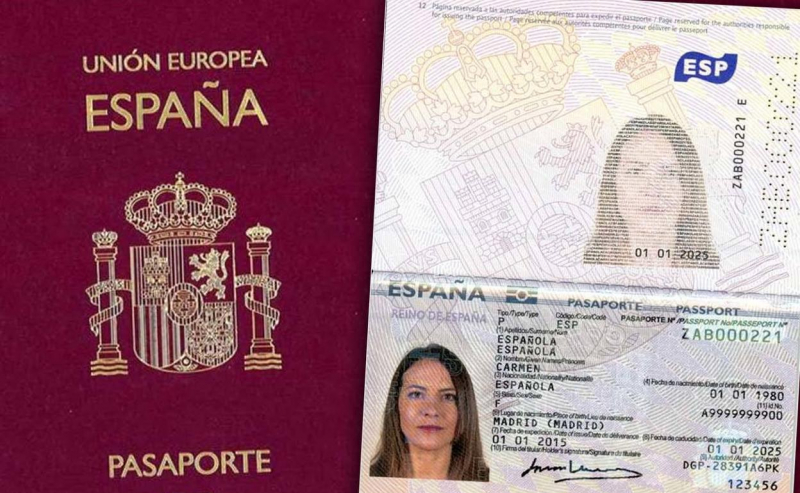
Photo: The Local Spain 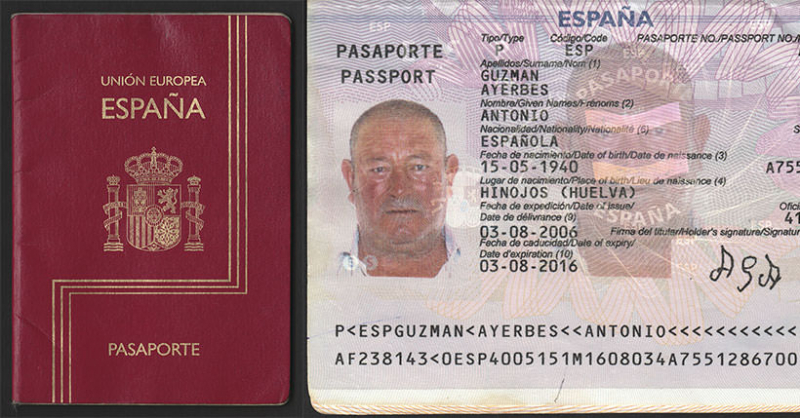
Photo: PaperToTravel -
The Grand Duchy of Luxembourg issues passports to its citizens, who can use them to travel internationally and to prove their citizenship. The passport facilitates the process of obtaining assistance from Luxembourg consular officials abroad or from other European Union member states in case a Luxembourg consular is unavailable, in addition to enabling the bearer to travel internationally and serving as proof of Luxembourgian citizenship.
The 2022 Henley Passport Index states that Luxembourgers can enter 190 nations either without a visa or with one that is issued upon arrival. As a result of their right to free movement guaranteed by Article 21 of the EU Treaty, Luxembourg citizens are permitted to reside and work in any EU member state as well as Iceland, Liechtenstein, Norway, and Switzerland.
Every person who lives in Luxembourg is a member of the European Union. In any member state of the European Economic Area as well as Switzerland, a passport and national identity card are required.
The validity of a Luxembourg biometric passport is two years for children under the age of four and five years for those who are four or older.190 visa-free destinations
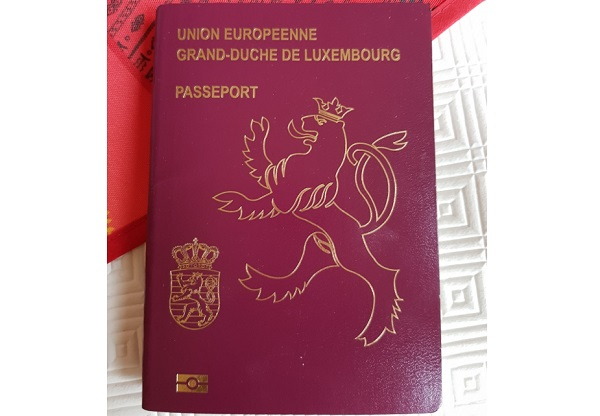
Photo: Chronicle.lu 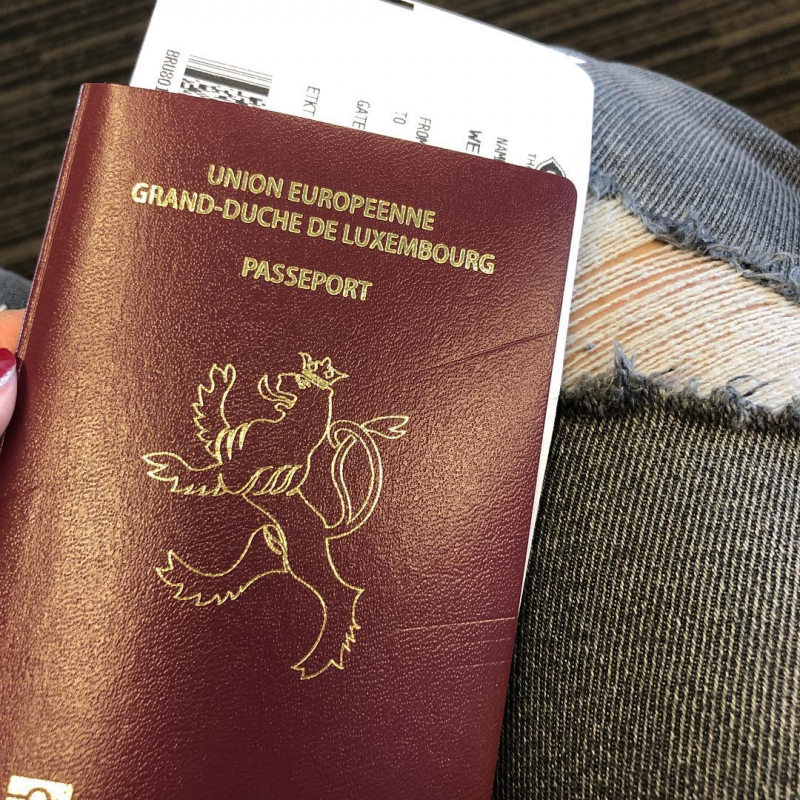
Photo: Vietnamimmigration.c -
According to the Guide Passport Ranking Index, the French passport is now placed fourth among all passports worldwide. The ranking of the France passport is based on the level of global admission it provides to holders, who can visit 190 countries without a visa but must obtain one to enter 25 additional nations.
Ordinary passports feature a Bordeaux-red front cover with the diplomatic insignia of France emblazoned in its center, unlike those from the majority of other EU nations, which are burgundy. Below the emblazer is the word "PASSEPORT" (Passport), and above that are the words "Union européenne" and "République française." At the bottom of the "e-passport" cover is a symbol for a microchip. The word "PASSEPORT" is italicized on e-passports that use biometric authentication. French passports follow the same EU design, and they typically include 32 pages.
Every person who lives in France is also a member of the EU. Having a passport and a national identity card gives you the freedom to travel and live wherever you like inside the European Union, the European Economic Area, and Switzerland.190 visa-free destinations
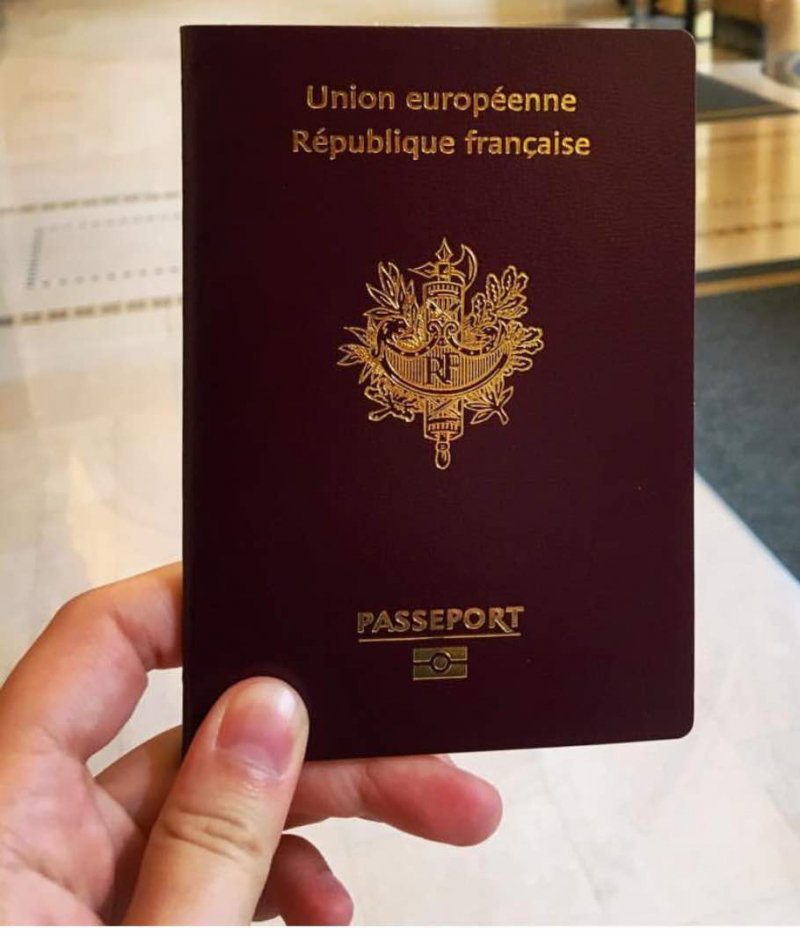
Photo: Vietnamimmigration.com 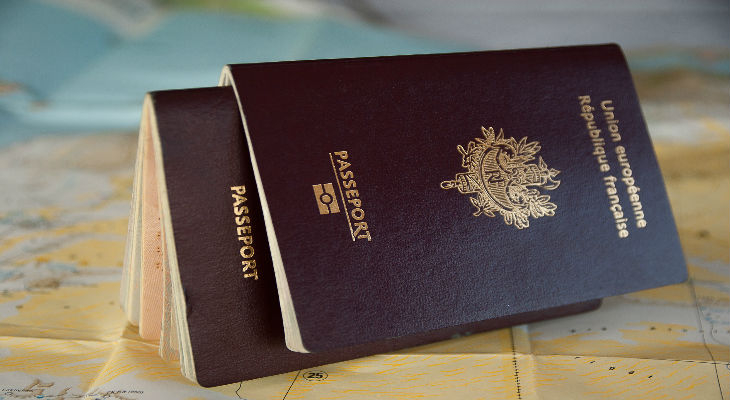
Photo: ETIAS France -
Dutch passport is impossible not to mention in this list. The Netherlands passport ranks highly due to the level of global admission it provides to its holders, who can visit 190 countries without a visa but must obtain one in order to enter 25 additional nations.
National passports are graded based on how many nations their holders can enter without a visa. Therefore, the number of countries that grant Dutch passport holders access to visa-free travel is reflected in the ranking of Netherlands passports. Visa-free nations are those into which one may enter with a visa on arrival or electronic travel authorisation (eTA).
The passport conforms with the requirements for European Union passports (EU Council Regulation 2252/04). Every passport issued as of 26 August 2006 is a biometric passport with a contactless smartcard RFID chip implanted for storing biometric information. Every person who lives in the Netherlands is also a member of the EU. The nationality gives the holder unrestricted travel and residency privileges throughout the European Union, the European Economic Area, and Switzerland.
190 visa-free destinations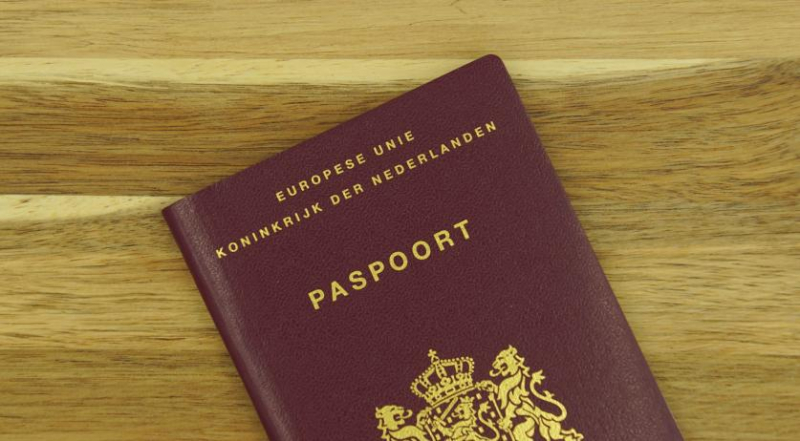
Photo: Amsterdam Daily News 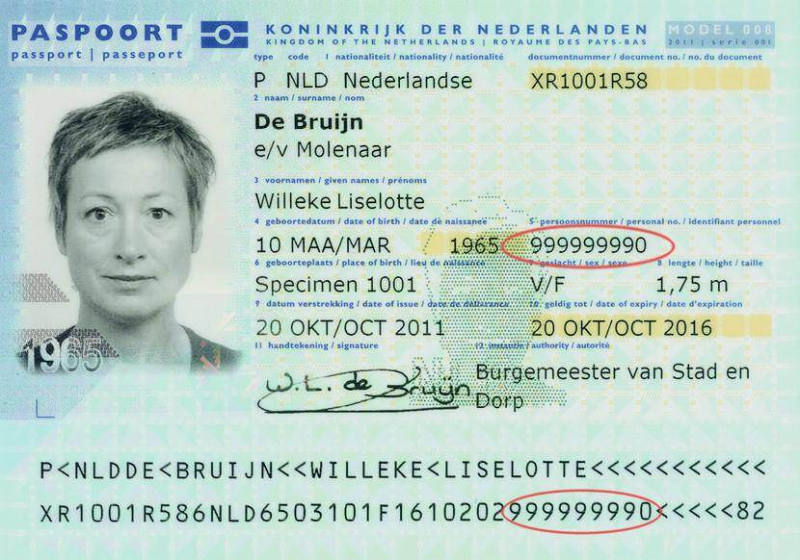
Photo: Netherlands Worldwide -
For the purpose of traveling abroad, Sweden issues passports to its citizens. They make it easier to get assistance from Swedish consular officers abroad in addition to acting as proof of Swedish citizenship (or other EU or Nordic missions if a Swedish embassy or consulate is not available).
Applications for Swedish passports are submitted at police stations that have a passport terminal for capturing photos and fingerprints. Swedish passports are provided by the Swedish Police. Since October 1, 2005, five-year biometric passports have been available. Previously, adult passports had a ten-year or five-year validity period (children).
If a Swedish national needs a second passport for employment or other unique circumstances, they may do so as long as the requirement persists but not for any longer than the regular passport is valid. This is beneficial when visiting countries that don't accept passports with an entry stamp or visa from another country (Israel vs several Arab states). It can also be used to process a visa application when the embassy of another nation is holding the regular passport.
Every Swedish citizen is also a member of the European Union, and both the national identity card and passport allow for unrestricted travel within all member countries of the European Economic Area as well as Switzerland. The Nordic Passport Union permits Nordic people to move freely within the Nordic nations without the need for identifying documentation.
190 visa-free destinations
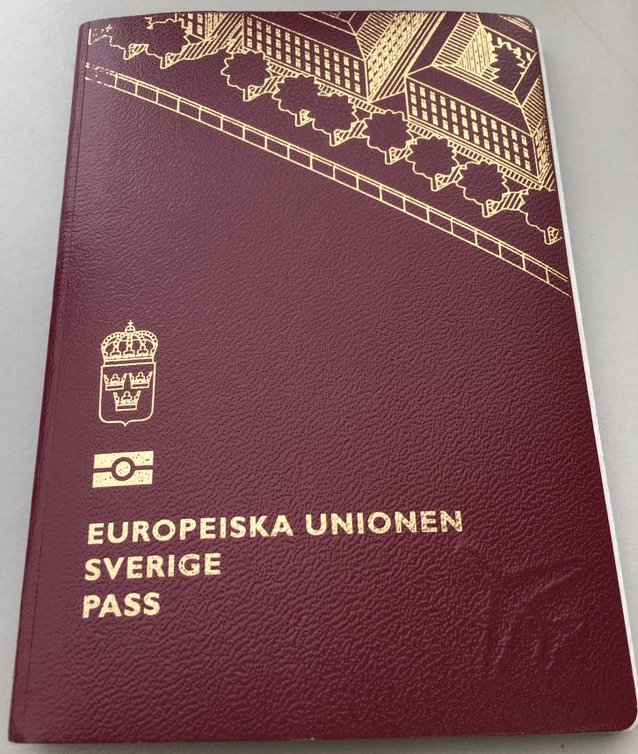
Photo: Wikipedia 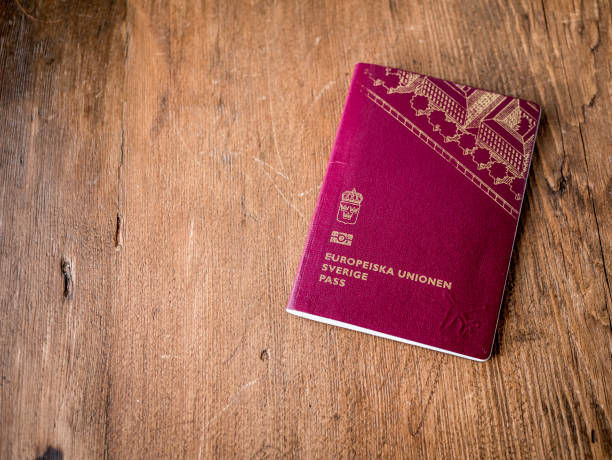
Photo: iStock -
Italian passport holders have more access to the world thanks to the rating of their passport, which allows them to visit 190 countries without a visa while still requiring one for admittance to 25 other nations.
National passports are graded based on how many nations their holders can enter without a visa. Therefore, the number of nations that grant Italian passport holders access to visa-free travel is reflected in the ranking of Italy passports. Visa-free nations are those into which one may enter with a visa on arrival or electronic travel authorisation (eTA).
Being an Italian citizen and possessing an Italian passport has many benefits. As previously stated, as an Italian and an EU citizen, you are free to travel, study, and work anywhere in the EU without the need for a visa and without any time constraints. Another significant benefit of having an Italian passport is having access to the country's excellent, affordable universal healthcare system. In truth, tuition costs are typically relatively reasonable in Italy, yet several of its colleges enjoy a stellar reputation and consistently place highly across the world.
190 visa-free destinations
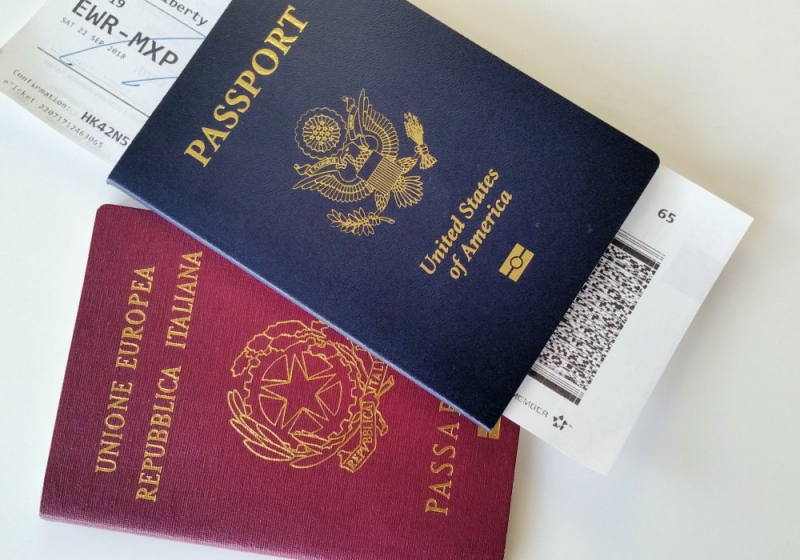
Photo: My Italian Family 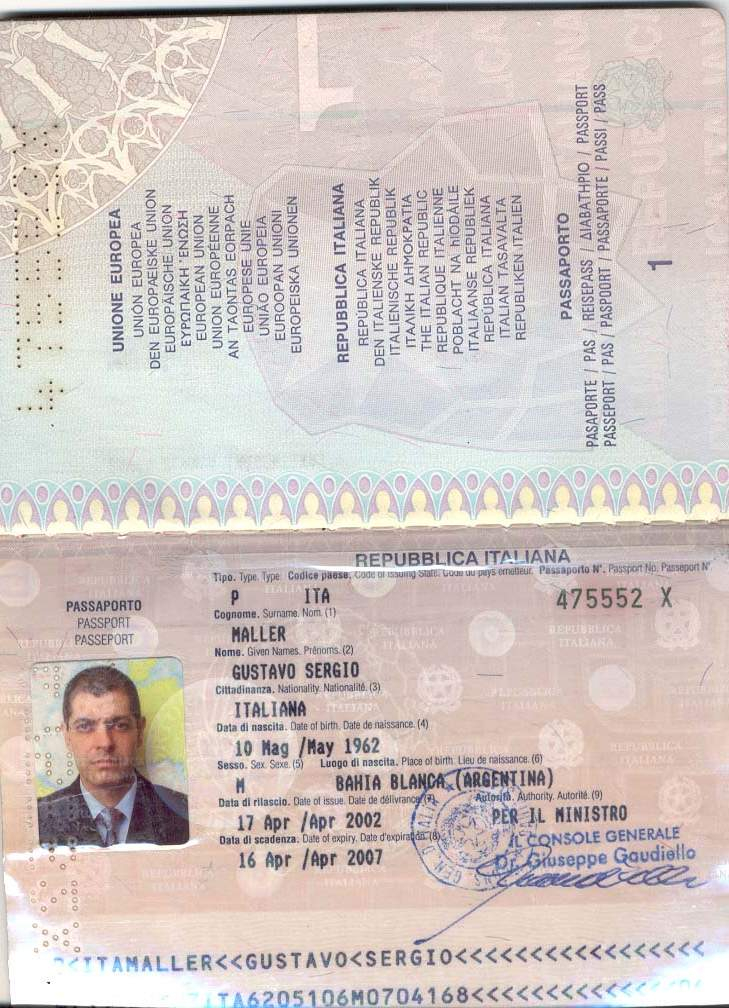
Photo: Buy Counterfeit Mon -
The ranking of the Danish passport is based on the level of international access it provides to its holders, who can visit 190 countries without a visa but must obtain one in order to enter 25 additional nations.
National passports are graded based on how many nations their holders can enter without a visa. As a result, the Denmark passport ranking accurately depicts the number of visa-free nations open to bearers of Danish passports. Visa-free nations are those into which one may enter with a visa on arrival or electronic travel authorisation (eTA).
Despite not designating a particular nationality, different versions are available for citizens of Denmark, Greenland, and the Faroe Islands; all holders are Danish citizens. Danish nationals residing in Greenland have a choice between the subnational Danish-Greenlandic passport and the Danish—EU passport.
Every citizen of Denmark is also a citizen of the European Union, with the exception of those who live in the Faroe Islands. The holder of the passport has the right to travel freely throughout the European Economic Area and in Switzerland. Nordic nationals are legally exempt from identity documents requirements for travel within the Nordic region thanks to the Nordic Passport Union.
190 visa-free destinations
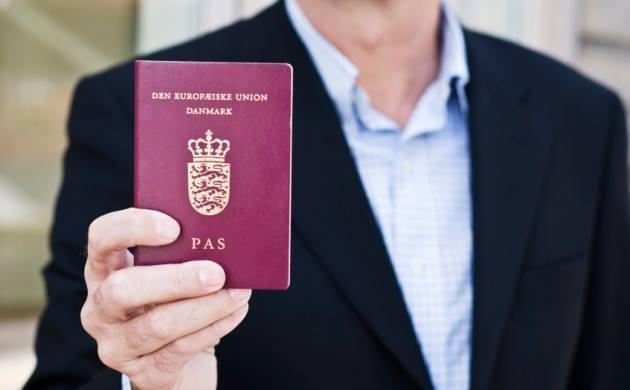
Photo: Scandasia 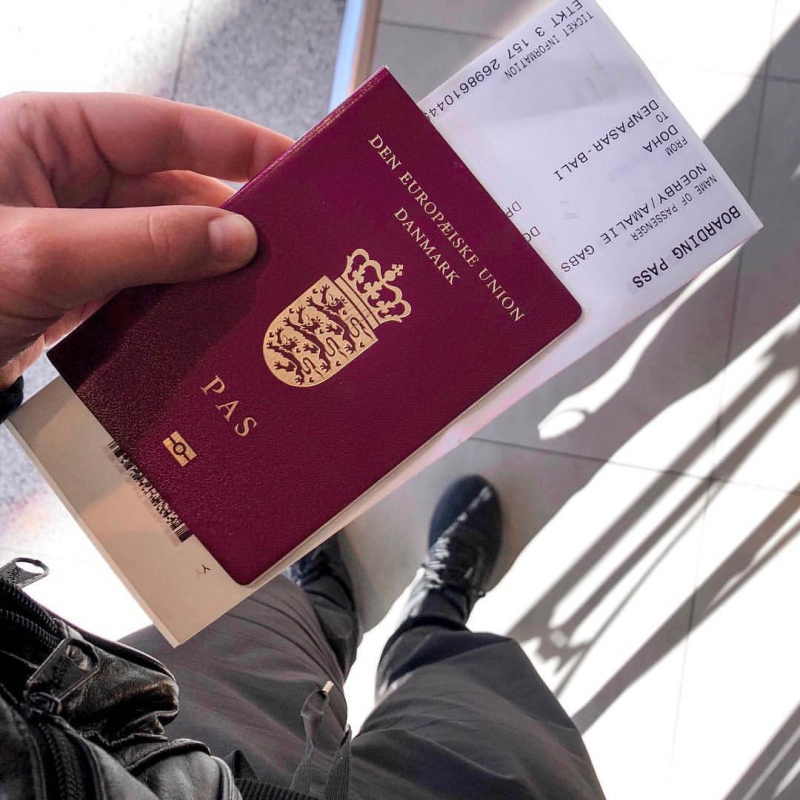
Photo: Transport Security Int -
According to the Guide Passport Ranking Index, the Austrian passport is now rated fifth among all passports worldwide. The Austria passport is ranked owing to the level of global admission it provides Austrian passport holders, who can visit 189 countries without a visa but must obtain one in order to enter 25 additional nations.
National passports are graded based on how many nations their holders can enter without a visa. Therefore, the number of countries accessible to Austrian passport holders without a visa is reflected in the ranking of Austrian passports. Visa-free nations are those into which one may enter with a visa on arrival or electronic travel authorisation (eTA).
The Austrian Coat of Arms is inscribed in the center of the front cover of Austrian passports, which have the same burgundy color as other European passports. Above the coat of arms is written "EUROPISCHE UNION," "REPUBLIK STERREICH," and below that is written "REISEPASS," which is German for "Passport." Austrian passports use the common EU design and contain the usual biometric emblem at the bottom. The background of each passport page features a different Austrian state's coat of arms. In 2023, a new passport design is anticipated.
189 visa-free destinations
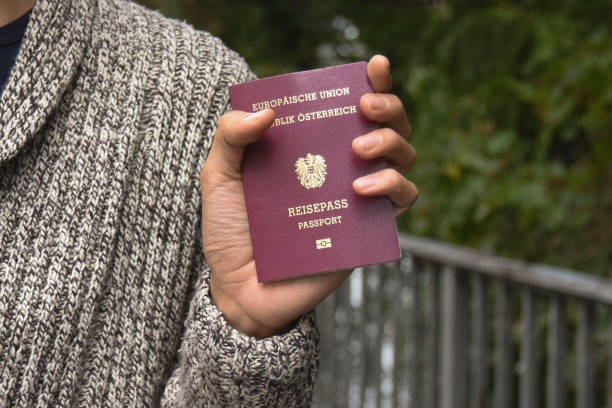
Photo: iStock 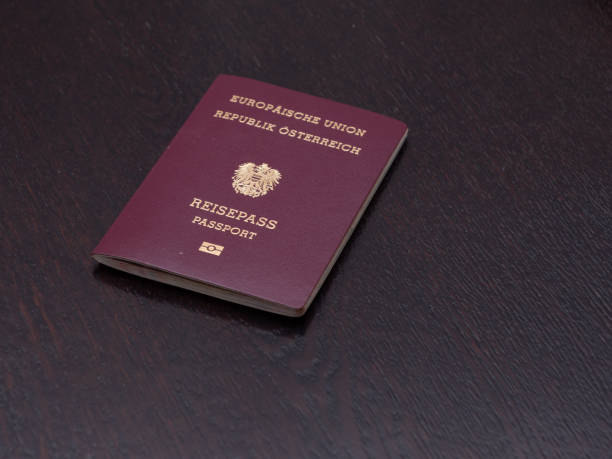
Photo: iStock -
Portuguese passport is ranked owing to the level of international travel it allows its holders, who can visit 189 countries without a visa but must obtain one in order to enter 25 additional nations.
National passports are graded based on how many nations their holders can enter without a visa. Therefore, the Portugal passport accurately reflects the number of countries that do not require visas for bearers of Portuguese passports.
The Portuguese government started distributing electronic passports on August 28, 2006, along with improved security measures and a contactless microchip. All the biographic data from the passport is stored on the microchip, along with a digital copy of the photo that can be used for digital facial recognition. Although fingerprint data is gathered when a passport application is submitted, it is not stored on the passport itself. By February 28, 2008, all nations that are a part of the European Union must include fingerprint information in their passports.
189 visa-free destinations
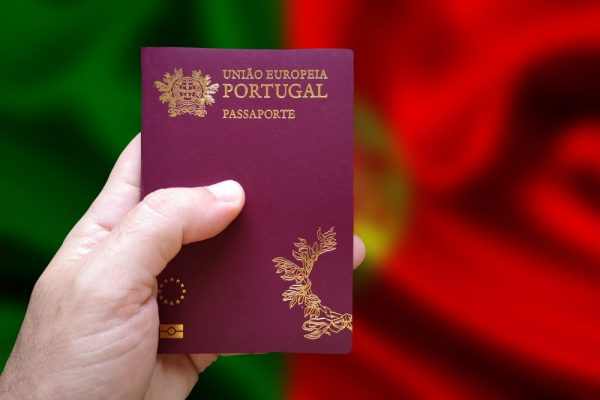
Photo: EB5 BRICS 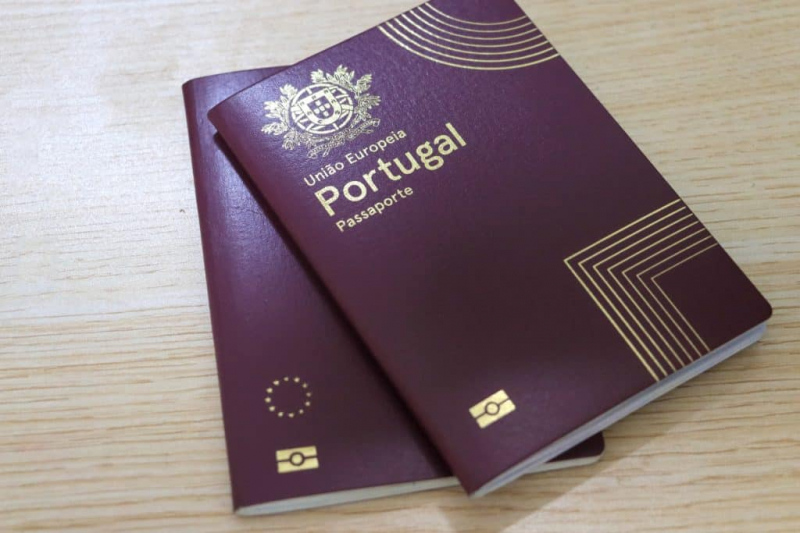
Photo: The Golden Portugal -
A British passport is a form of identification given to anyone with any type of British nationality by the United Kingdom or other British dependencies and territories. It enables the bearer to travel internationally without a visa and serves as identification of citizenship. Additionally, it makes it easier to obtain consular support from British embassies around the world.
Since passports are granted under the royal prerogative, which is exercised by His Majesty's Government, they are privileges rather than rights and may be revoked under certain conditions. Since 2014, His Majesty's Passport Office, a department of the Home Office, has been responsible for issuing passports to British citizens in the UK.
There are numerous varieties of British nationality as a result of the United Kingdom's history as an imperial state, and various British passport types are available as a result. In addition, each of the Crown dependencies and Overseas territories issues its own version of the British passport—which differs slightly from the UK-variant passport-to anyone with connections to those jurisdictions. All British passports allow the holder to occasionally ask British embassies and some Commonwealth embassies for consular help. British nationals can use their passports as documentation of their eligibility to reside in the UK.
189 visa-free destinations
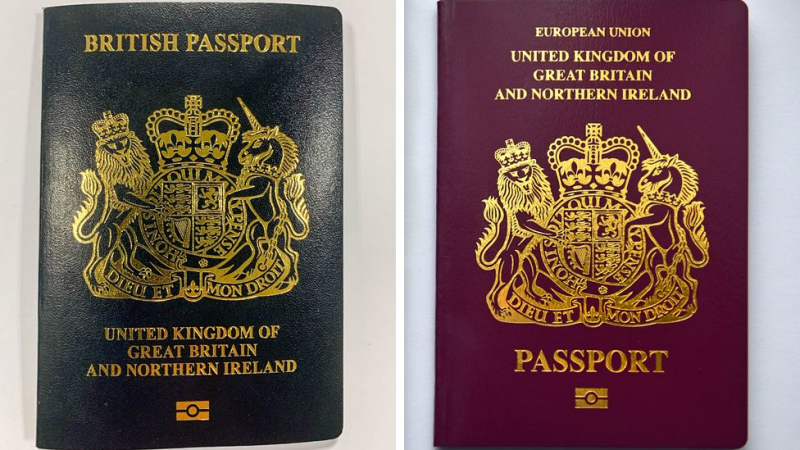
Photo: BBC 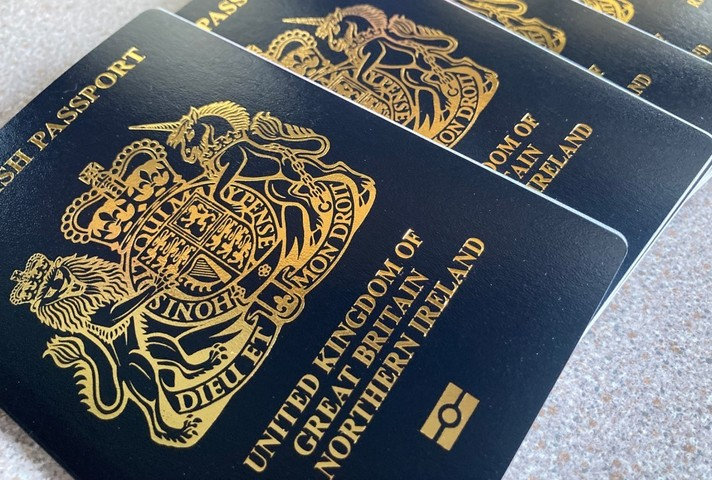
Photo: GOV.UK




































